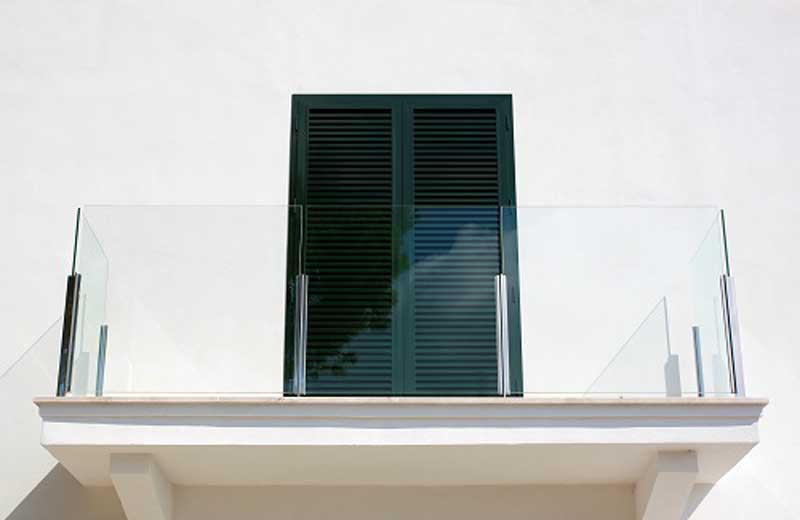When installing a balcony, insulation is often overlooked or forgotten, despite its importance.
This is a huge mistake!
Here’s why:
When balconies or terraces are installed over another part of the building, particularly a habitable space, the balcony is part of the building’s thermal envelope.
This means that the balcony or terrace is required to meet energy efficiency targets and building regulations, which include insulation.
With that in mind, let’s take a closer look at some popular balcony insulation products and how you need to go about insulating a balcony.
Table of contents:
- Finding the right insulation for a balcony
- What should I use to insulate my balcony?
- How to install balcony insulation
- Final thoughts
Choosing the right insulating material for a balcony
When constructing a balcony, finding insulation that fits within the construction is much more complicated than insulating a floor or wall. The balcony cannot be dug out further to allow for extra room to achieve the required U-value, unlike a floor, and similarly the insulation must be thin enough to fit below the doorway as the floor cannot be raised.
This means that the types of insulation suitable for balconies and terraces tend to be thin yet highly insulating, making more traditional products such as mineral wool less effective, and requiring more innovative solutions to ensure that the overall capacity is high, whilst thickness is minimal.
What’s more:
The insulation must not affect the loading capacity of the balcony, as it will be under pressure from foot traffic and potentially more.
Which products are suitable for balcony insulation?
There are a number of different insulating products that have thin yet highly insulating characteristics required for balcony insulation.
Kingspan Kooltherm insulation
Kingspan Kooltherm is a great choice for insualting balconies and terraces. The Kooltherm insulation from Kingspan is available at an affordable price, and it uses the innovative and market-leading knowledge from Kingspan, so it is perfect for when a budget is constrained.
The Kooltherm insulation from Kingspan is an insulation board with a phenolic foam core, which has higher insulation than more traditional insulation board cores, meaning that a thinner Kooltherm insulation board is required to achieve the same U-value as a thicker, more traditional insulation board.
This makes Kingspan Kooltherm ideal for insulating balconies and terraces as it is thin at as little as 25mm, yet highly insulating.
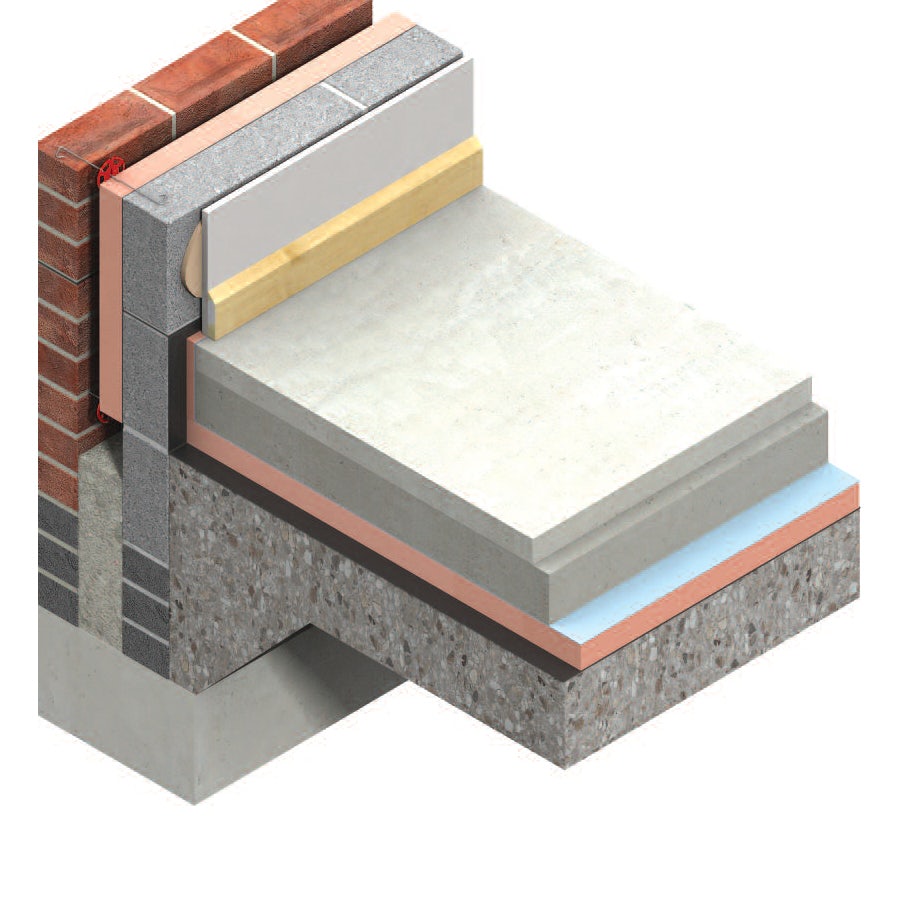
SuperFoil SFUF insulation
SuperFoil have developed a super-thin underfloor foil insulation product called SFUF. SFUF SuperFoil insulation has been designed to be used in any place that requires thin yet high-performing insulation.
The SuperFoil SFUF insulation contains multiple reflective layers of foil that reflect radiant energy into the room and is particularly useful to improve u values in tight spaces. As well as acting as a thermal insulating product, SFUF insulation also contributes to the airtightness of the building and helps to improve sound insulation, reducing impact noise.
This is the optimum insulating product to use for your balcony insulation if space is at a real premium, as it’s only 6mm thick.
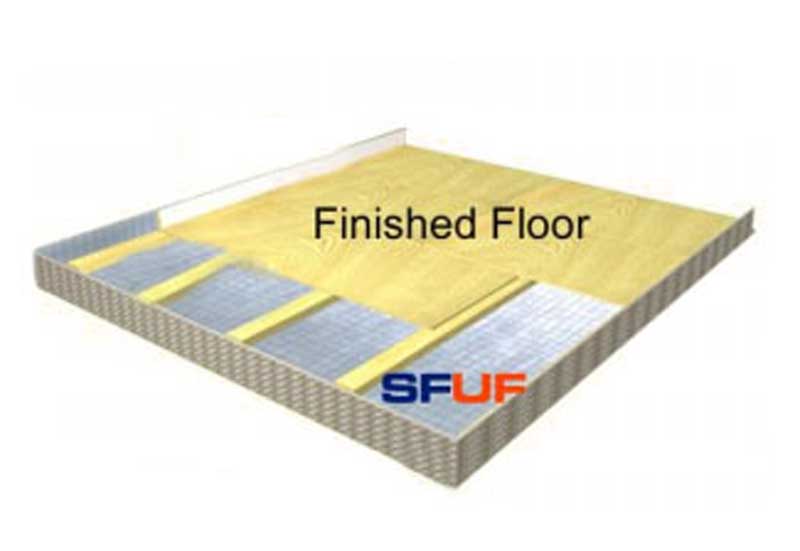
Celotex insulation
Celotex understands the importance of ensuring your balcony insulation is thin, robust and weatherproof. Their recommendation for balcony insulation is to combine Celotex GA4000 or Celotex XR4000 insulation in between plywood sheeting when insulating a balcony.
Although this is a thicker alternative than the other more specific balcony insulation products, if there is enough space to install this option it is a great cost-effective alternative, ensuring the balcony is sturdy enough to withstand a variety of traffic as well as keeping the balcony well insulated.
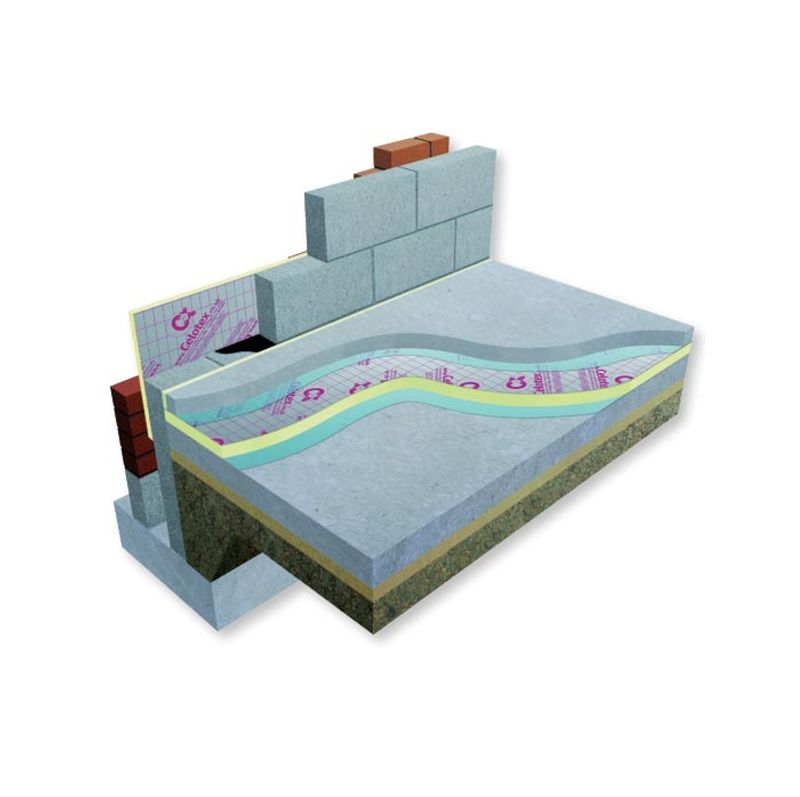
Installing balcony insulation
When insulating a balcony, always follow closely the manufacturer’s instructions. With that in mind, here’s the general process you’ll need to follow for each of our insulation products.
Installing Kingspan Kooltherm balcony insulation
![]()
Step 1: Installing plywood decking
Lay plywood onto the balcony deck, fixing to joists with corrosion-resistant wood screws.
Step 2: Adding vapour control layer
Now add a vapour control layer, installing it according to the manufacturer’s instructions. Ensure the joins are well overlapped to prevent any water ingress.
Step 3: Placing insulation boards
Now lay the Kingspan Kooltherm insulation boards down across the VCL.
Step 4: Adding second layer of plywood
Next, add a second layer of plywood onto the Kooltherm insulation boards.
Step 5: Applying waterproofing membrane
Finally, apply a waterproofing membrane to the top of the plywood, and the balcony is ready for the flooring to be installed.
Installing SuperFoil SFUF balcony insulation
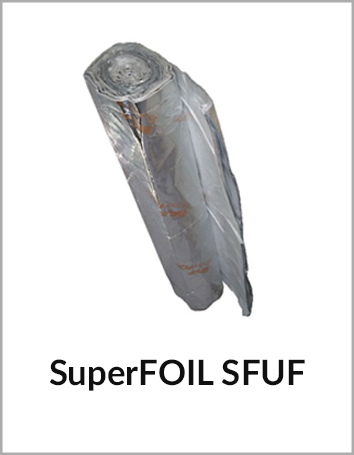
Step 1: Wall edge preparation
Starting at the wall edge of the balcony, ensure there is a minimum of 100mm lapping up the wall edge.
Step 2: Installing SFUF insulation
Roll the SFUF insulation over the joists on the deck.
Step 3: Securing SFUF insulation
Staple the SFUF insulation into place on the joists.
Step 4: Sealing edges with foil tape
Butt the edges together where any edges of rolls meet and seal with foil tape. The balcony is now ready for the decking or flooring to be installed.
Installing Celotex balcony insulation
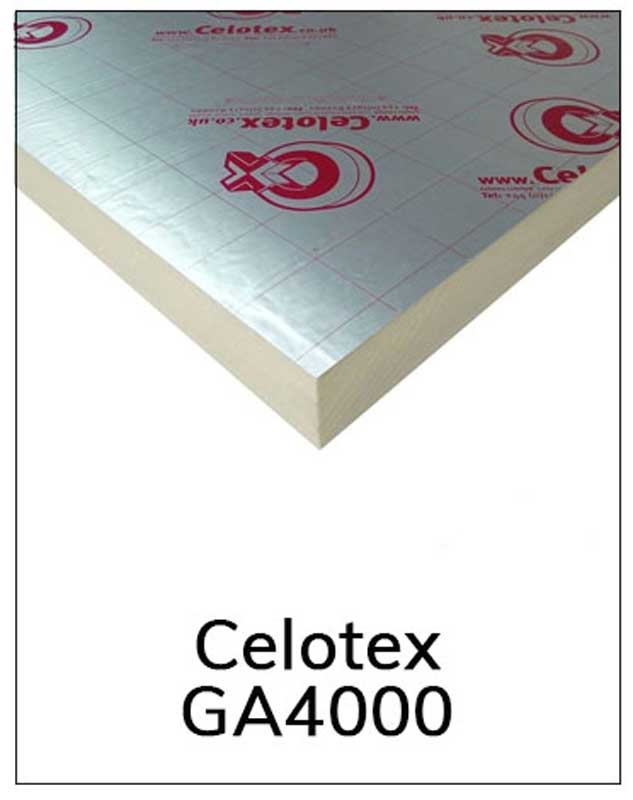
Step 1: Plywood base installation
First lay the first piece of plywood down – Celotex recommends using plywood that is around 18mm thick. The fixings should be long enough that they penetrate into the supporting timber by at least 38mm.
Step 2: Adding vapour control layer
Now add a vapour control layer and secure it as per the manufacturer’s instructions.
Step 3: Placing Celotex insulation board
Once the vapour control layer has been laid, the Celotex insulation board can be laid – from either the GA4000 or XR4000 range.
Step 4: Plywood insulation sandwich
Sandwich the Celotex insulation board between plywood by adding another sheet of plywood on top of the Celotex insulation.
Step 5: Applying waterproofing membrane
Finally add a waterproofing membrane on top of the plywood and affix it as per the manufacturer’s instructions.
The balcony is now insulated and ready for the floor finishing to be laid down.
Final thoughts
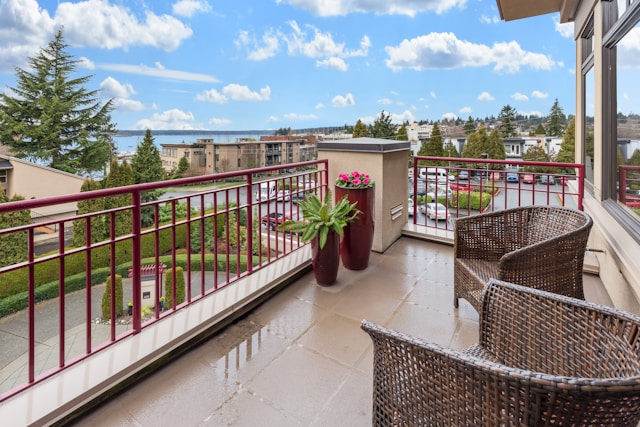
Insulating a balcony is a wise decision for several reasons.
Firstly, it helps maintain comfortable temperatures indoors by preventing heat loss during cold weather and heat gain during hot weather, enhancing overall energy efficiency and reducing heating and cooling costs.
Secondly, insulation protects the structural integrity of the building by minimising thermal stress on the balcony structure and extending its lifespan and reducing the need for repairs.
Thirdly, insulating the balcony can enhance occupant comfort by creating a more pleasant outdoor living space, encouraging its use throughout the year.
The bottom line is:
Insulating a balcony offers multiple benefits, including energy savings, structural protection and improved comfort, making it a worthwhile investment for any engaged homeowner.
If you still have some questions regarding balcony insulation and the best insulating products for your latest project, don’t hesitate to call the team on 01752 692206 or use the live chat and they will be more than happy to offer recommendations and product advice.


